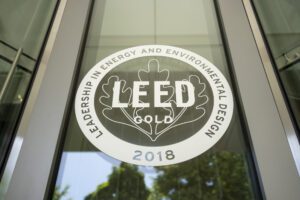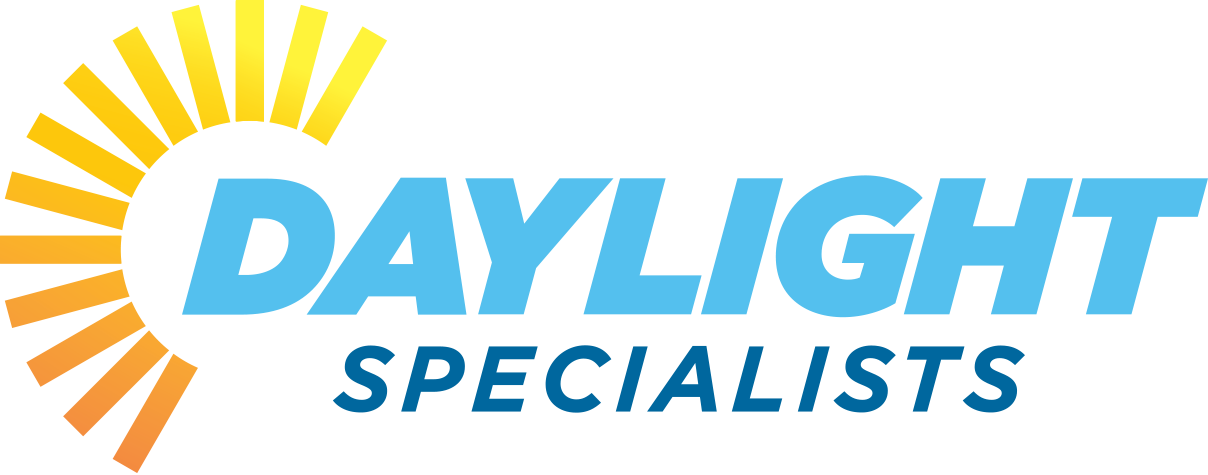In recent years, the push for sustainable design has become a top priority for architects, developers, and business owners across Iowa. With growing interest in environmentally conscious construction, more commercial buildings are pursuing LEED certification as a benchmark for green building excellence. One of the most effective strategies to help achieve this certification is the integration of natural lighting, or daylighting. Daylighting is not only a functional design element; it plays a critical role in energy efficiency, indoor environmental quality, and overall occupant well-being. In this blog, we’ll explore how daylighting contributes to LEED certification, why it’s especially beneficial for commercial buildings in Iowa, and how working with daylighting professionals can streamline the process.
What Is LEED Certification?
LEED (Leadership in Energy and Environmental Design) is a globally recognized green building certification program developed by the U.S. Green Building Council (USGBC). It provides a framework for creating healthy, efficient, and cost-effective buildings. LEED certification is awarded based on a points system, which covers categories like Sustainable Sites, Water Efficiency, Energy and Atmosphere, Materials and Resources, and Indoor Environmental Quality (IEQ).
One of the most impactful and achievable areas for LEED points is daylighting. Properly designed daylighting systems contribute directly to the IEQ category and can also support Energy and Atmosphere credits through reduced reliance on artificial lighting.

The Role of Daylighting in LEED
Daylighting supports LEED goals in several meaningful ways. It enhances energy performance, improves visual comfort, and supports the health and productivity of building occupants. Under LEED v4, daylighting contributes to the “Daylight” credit in the Indoor Environmental Quality section. This credit rewards buildings that provide sufficient illumination levels from daylight in at least 55% of regularly occupied spaces.
To earn this credit, projects must demonstrate daylighting performance through computer simulations or actual measurements. Metrics typically involve daylight illuminance levels between 300 and 3,000 lux for a minimum number of occupied hours annually. The focus is on balancing daylight access while minimizing glare and unwanted heat gain.
Daylighting Strategies for Iowa Commercial Buildings
In Iowa’s commercial construction market, daylighting is not just about aesthetics—it’s a smart energy strategy. Given Iowa’s seasonal weather patterns and diverse building styles, there are several daylighting strategies that are particularly effective:
- Tubular Daylighting Devices (TDDs): Products like Solatube systems are ideal for bringing daylight into interior rooms and corridors that lack window access. These are especially useful for large office buildings, schools, and healthcare facilities.
- Skylights: High-performance skylights, such as those offered by VELUX and AES Sunoptics, provide abundant natural light while maintaining thermal comfort and energy efficiency. They are a common solution in warehouses, retail centers, and recreational facilities.
- Light Shelves and Reflectors: Architectural elements like light shelves help bounce daylight deeper into a space, reducing the need for electric lighting.
- Automated Shading Systems: These systems control glare and heat gain, allowing buildings to reap the benefits of daylight without sacrificing comfort.
How Iowa Businesses Benefit from Daylighting
For commercial building owners in Iowa, daylighting presents both immediate and long-term advantages. These include:
- Improved Occupant Health: Numerous studies link access to natural light with better mood, reduced stress, and enhanced focus, which can translate to higher productivity.
- Tenant and Client Appeal: Well-lit, naturally bright spaces are more attractive to tenants and clients, adding value to commercial properties.
- Sustainability Leadership: Incorporating daylighting showcases a commitment to environmental stewardship, which can enhance your brand image and community standing.
How Daylighting Supports Multiple LEED Categories
While the most direct LEED credit for daylighting falls under Indoor Environmental Quality, its benefits extend across several categories of the LEED rating system. In the Energy and Atmosphere category, daylighting helps reduce lighting power density, which in turn lowers the overall energy use of the building. This directly contributes to energy optimization goals within LEED.
In the Sustainable Sites category, careful consideration of daylighting design can influence site planning and building orientation—supporting strategies that maximize solar access while minimizing heat gain and light pollution. These considerations contribute to a more holistic approach to sustainable site development.
Additionally, projects that go beyond standard daylighting practices or demonstrate unique, impactful applications may be eligible for Innovation credits. These credits reward creative strategies that improve building performance and occupant experience, offering yet another opportunity for daylighting systems to help increase a project’s LEED score.
Working with a Daylighting Partner in Iowa
Collaborating with an experienced daylighting company is essential for navigating the technical and performance-based requirements of LEED certification. Professionals can assist with daylight modeling, product selection, and proper system integration to ensure you meet performance thresholds without sacrificing design integrity. At Daylight Specialists, we provide full-service daylighting solutions to help Iowa businesses and institutions design and retrofit spaces with LEED-aligned goals. From initial consultation to post-installation support, we guide clients through every phase of the daylighting process.
Selecting high-quality daylighting products is critical to achieving performance goals. We work with industry-leading brands, including:
- Solatube: A top choice for tubular daylighting systems in interior spaces.
- VELUX: Offers commercial skylights that combine aesthetics and performance.
- AES Sunoptics: Known for their prismatic skylights that deliver balanced, diffused daylight without excessive glare.
Each of these systems can be customized to meet the specific daylighting and energy needs of your project.
Practical and Sustainable Lighting Solutions
Daylighting is more than a design trend—it’s a practical, sustainable strategy that supports LEED certification for commercial buildings in Iowa. Whether you are building new or renovating an existing structure, integrating daylighting can help you meet energy goals, enhance occupant well-being, and elevate your sustainability profile.
By working with trusted daylighting professionals and incorporating the right products, you can optimize natural light in your building while contributing to a healthier, more efficient built environment. Contact Daylight Specialists today to learn how we can help you bring daylighting and LEED goals together for your next Iowa project.
